Passengers 176 Date 6 February 1996 Total fatalities 189 (all) Passenger count 176 | Survivors 0 Registration TC-GEN Survivor 0 Crew count 13 | |
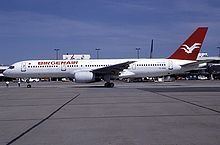 | ||
Similar Aeroperú Flight 603, Partnair Flight 394, Eastwind Airlines Flight 517, Air France Flight 296, Southern Airways Flight 242 | ||
Birgenair Flight 301 was a flight chartered by Turkish-managed Birgenair partner Alas Nacionales from Puerto Plata in the Dominican Republic to Frankfurt, Germany, via Gander, Canada, and Berlin, Germany. On 6 February 1996, the Boeing 757–225 operating the route crashed shortly after take-off from Puerto Plata's Gregorio Luperón International Airport. There were no survivors. The cause was a pitot tube that investigators believe was blocked by a wasp nest that was built inside it. The aircraft had sat unused for twenty five days without the required pitot tube covers in place.
Contents
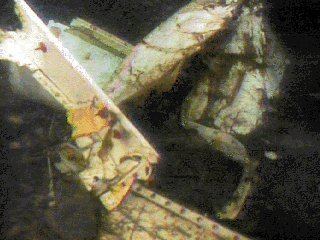
Passengers and crew
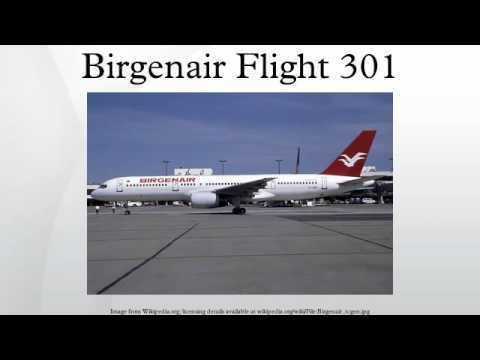
The crew consisted of 11 Turks and 2 Dominicans. The captain was Ahmet Erdem (62), one of Birgenair's most senior pilots, with 24,750 flight hours under his belt. The first officer was Aykut Gergin (34). He had 3,500 hours of flying experience. The relief pilot was Muhlis Evrenesoğlu (51). He had 15,000 flight hours to his credit.
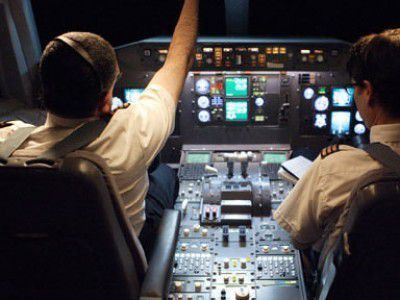
The passengers consisted mainly of Germans, along with a few Poles including two Members of Parliament, Zbigniew Gorzelańczyk (SLD), and Marek Wielgus (BBWR). Most passengers had booked Caribbean package holidays with Öger Tours; Birgenair held 10% of Öger Tours. In terms of passenger deaths, Flight 301 has the highest death toll of any aviation accident involving a Boeing 757.
Crash
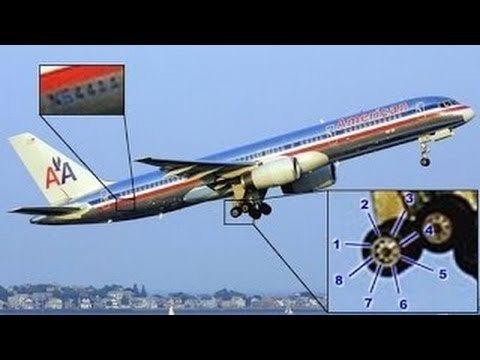
During takeoff roll at 11:42 p.m, the captain found that his air speed indicator (ASI) was not working properly, but chose not to abort takeoff. The co-pilot's ASI was functional.
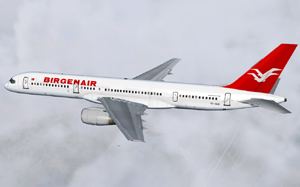
While the plane was climbing through 4,700 feet (1,400 m), the captain's airspeed indicator read 350 knots (650 km/h). The autopilot, which was taking its air speed information from the same equipment that was providing faulty readings to the captain's ASI, increased the pitch-up attitude and reduced power to lower the plane's airspeed. The co-pilot's ASI read 200 knots (370 km/h) and decreasing, yet the aircraft started to give multiple contradictory warnings that it was flying too fast, including rudder ratio, Mach airspeed, and overspeed lights and sounds.

The autopilot reached the limits of its programming and disengaged. After checking their circuit breakers for the source of the warnings, the crew then reduced thrust to lower the speed. This immediately triggered the 757's stick-shaker stall alert, warning the confused pilots that the aircraft was flying dangerously slow, seconds after it was warning them that the speed was too high. The co-pilot and the relief pilot Muhlis Evrenesoğlu both seemed to recognise the approaching stall and tried to tell the captain, but did not intervene directly, possibly out of deference to the captain's age and experience. The captain then tried to recover from the stall by increasing the plane's thrust to full, but the plane was still in a nose up attitude, preventing the engines from receiving adequate airflow to match the increase in thrust. The left engine flamed out, which caused the right engine, still at full power, to throw the aircraft into a spin. Moments later, the plane inverted. At 11:47 p.m., the Ground Proximity Warning System sounded an audio warning, and eight seconds later the plane crashed into the Atlantic Ocean. All 13 crew members and 176 passengers were killed.
Investigation and final report
The Dominican Republic government's Dirección General de Aeronáutica Civil (DGAC) investigated the accident and determined the following probable cause for the accident:
"The crew's failure to recognize the activation of the stick shaker as a warning of imminent entrance to the stall, and the failure of the crew to execute the procedures for recovery from the onset of loss of control."
Investigations later showed that the plane was actually travelling at 220 knots (410 km/h) at the time. The investigation concluded that one of three pitot tubes, used to measure airspeed, was blocked.
No tubes were recovered so investigators were unable to determine for certain what caused the blockage. Investigators believe that the most likely culprit was the black and yellow mud dauber, a type of solitary sphecid wasp well-known to Dominican pilots, which tends to establish its nest in artificial, cylindrical structures, or make its own cylindrical nest out of mud. According to the final report, section 2.3 - "Aircraft maintenance factors", the aircraft had not flown in 20 days, however, this was not the duration for which pitots remained uncovered, but was evidently enough time to allow the wasps the opportunity to construct nests in the tubes.
Later, Birgenair refuted section 2.3 of the final report, regarding the proper maintenance procedure in Puerto Plata. According to Birgenair, "the aircraft was not on the ground for 20 days, but only for 12 days prior to the ill-fated flight. The pitot-tubes were covered prior to an engine test run which took place 2 days prior to the ill-fated flight. It was known by the BIRGENAIR mechanics that the airplane should be returned to Turkey in a ferry flight within the next 3 days. If therefore the pitot-tubes had not been covered after the engine test run for 2 days, according to the BOEING procedures, set forth in the BOEING Maintenance Manual, this might be justified."
Birgenair further stated: "Despite these irritating and even conflicting procedures set forth in BOEING's 757 Maintenance Manual and the Maintenance Planning Document, a blockage of the pitot-tube might occur even within any period of stay on the ground and should therefore be clearly required for all periods of stay on the ground. [sic]"
Aftermath
While the crash was attributed to the failure of the crew to execute the procedures for recovery, there were a number of incidental lessons learned.
The pilot's choice to go against protocol and execute takeoff despite his ASI clearly disagreeing with the co-pilot's ASI has resulted in protocols and training being further reinforced following this incident.
After the flight voice recorder revealed that the co-pilot and a third pilot on the flight deck had made relatively subtle suggestions to the pilot – once the stick-shaker warning commenced – that he must deal with the fact that the plane was still in a speed-draining nose-up attitude, protocols and training were reinforced to establish a greater willingness of junior flight-deck staff to be more forceful in similar situations. (In the Birgenair crash, it had even been revealed that the co-pilot chose not to use his own, active, stick to counter the pilot and try to bring the nose down.)
Later the same year (1996), Aeroperú Flight 603, also operated with a Boeing 757, suffered a similar but far more difficult situation (static ports blocked by tape, rendering all airspeed indicators and pressure altimeters unusable) and crashed in the ocean off Peru.
Birgenair went bankrupt some months later as there were concerns about safety after the incident causing a decline in passenger numbers. The crash and ensuing negative publicity contributed to Birgenair's bankruptcy.
Dramatization
The crash was featured in Season 5 of the Canadian made, internationally distributed documentary series Mayday, on the episode "Mixed Signals".
The British television series Survival in the Sky featured the crash in the episode "Blaming the Pilot".
